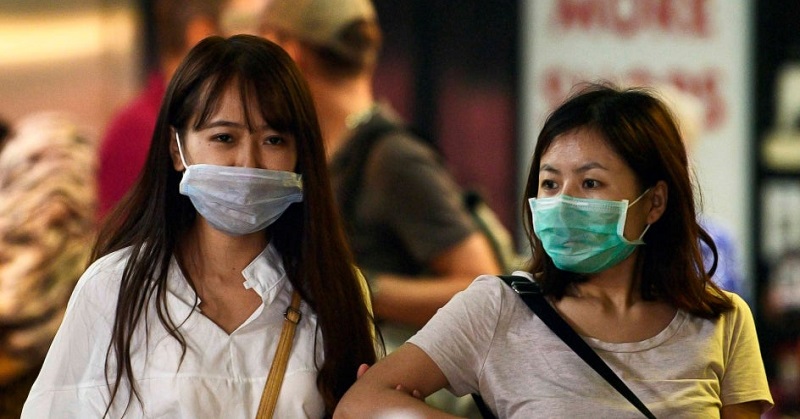
The novel coronavirus, now called SARS-CoV-2, causes the disease COVID-19. The virus was first identified in Wuhan, China, on Dec. 31, 2019. Since then, it has spread to every continent except Antarctica. The novel coronavirus that causes the disease COVID-19 has spread from the site of the original outbreak in China to affect 75 countries around the world.
Coronaviruses (CoV) are a large family of viruses that cause illness ranging from the common cold to more severe diseases such as Middle East Respiratory Syndrome (MERS-CoV) and Severe Acute Respiratory Syndrome (SARS-CoV). A novel coronavirus (nCoV) is a new strain that has not been previously identified in humans.
ADVERTISEMENT
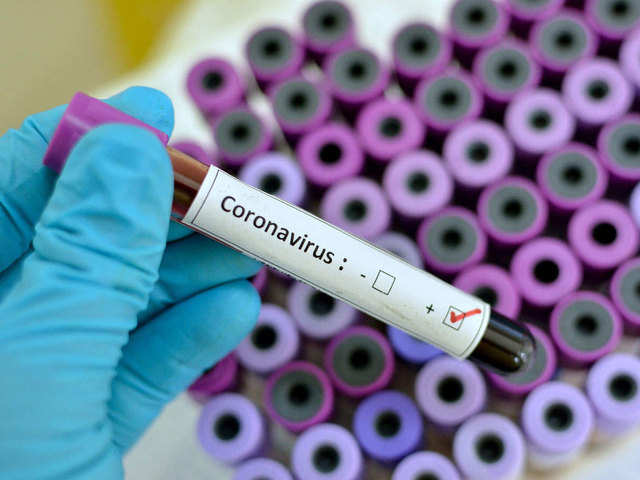
Coronaviruses are zoonotic, meaning they are transmitted between animals and people. Detailed investigations found that SARS-CoV was transmitted from civet cats to humans and MERS-CoV from dromedary camels to humans. Several known coronaviruses are circulating in animals that have not yet infected human.
Signs and symptoms of coronavirus
The symptoms to look out for, according to the Centers for Disease Control and Prevention (CDC) are:
- Fever
- Coughing
- Shortness of breath
These symptoms usually appear between two days and two weeks of exposure to the virus. In more severe cases, infection can cause pneumonia, severe acute respiratory syndrome, kidney failure and even death.
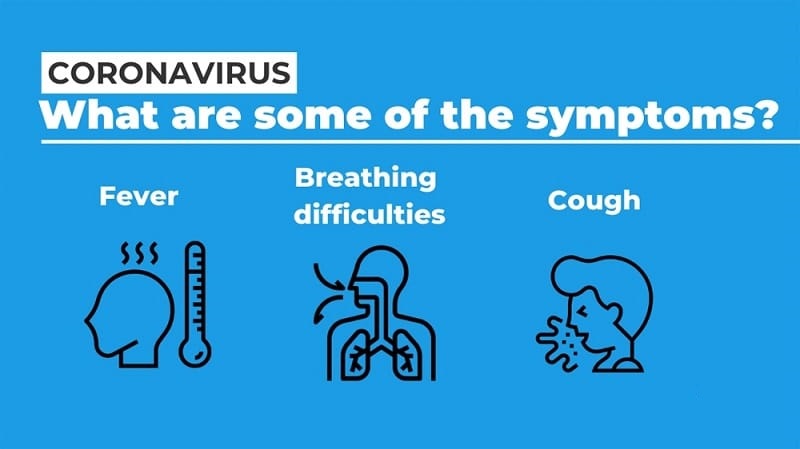
ADVERTISEMENT
How to protect yourself from getting infected by coronavirus
1. While you are coughing or sneezing always cover your mouth with a tissue and then throw it in a bin and wash your hands. If you don’t have tissues with you, then cough or sneeze into your elbow rather than your hands.
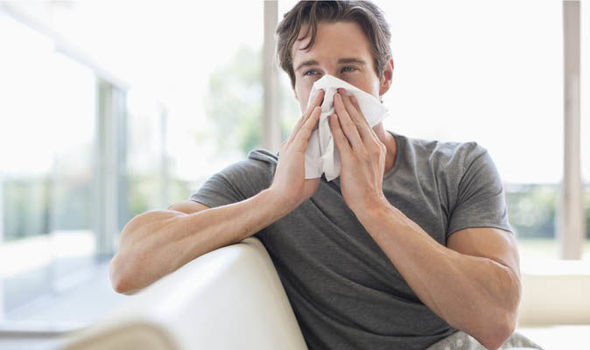
2. Wash your hands regularly with soap, specially after you have been in a public place. Experts says one should scrub for at least 20 seconds between the fingers, including the backs and under the nails.
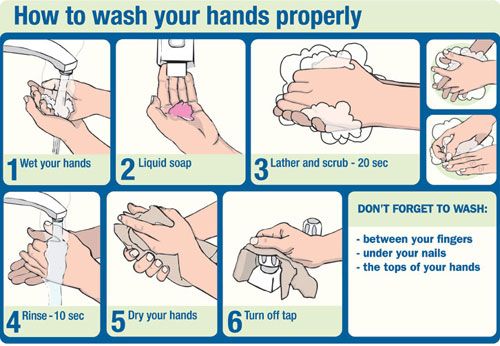
3. Maintain at least 1 metre (3 feet) distance between yourself and anyone who is coughing or sneezing. When someone coughs or sneezes they spray small liquid droplets from their nose or mouth which may contain virus. If you are too close, you can breathe in the droplets.
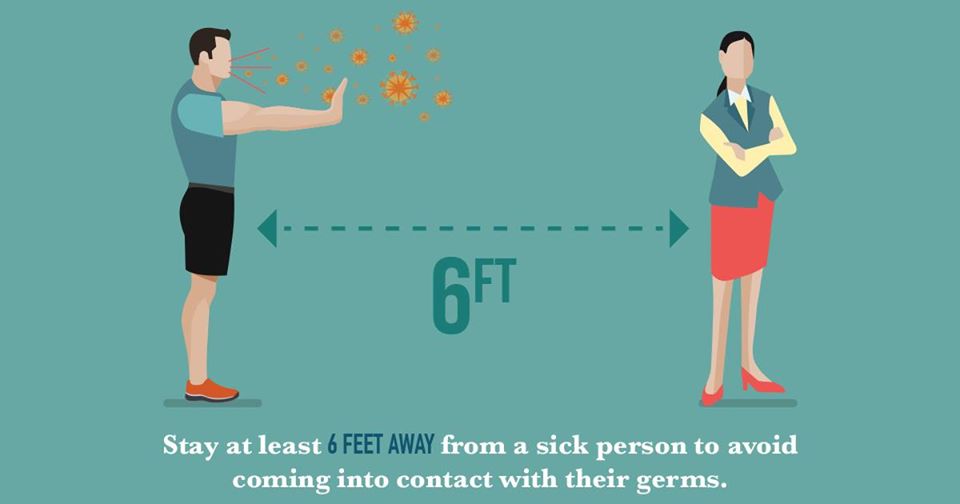
4. Avoid touching eyes, nose and mouth. Hands touch many surfaces and can pick up viruses. Once contaminated, hands can transfer the virus to your eyes, nose or mouth.
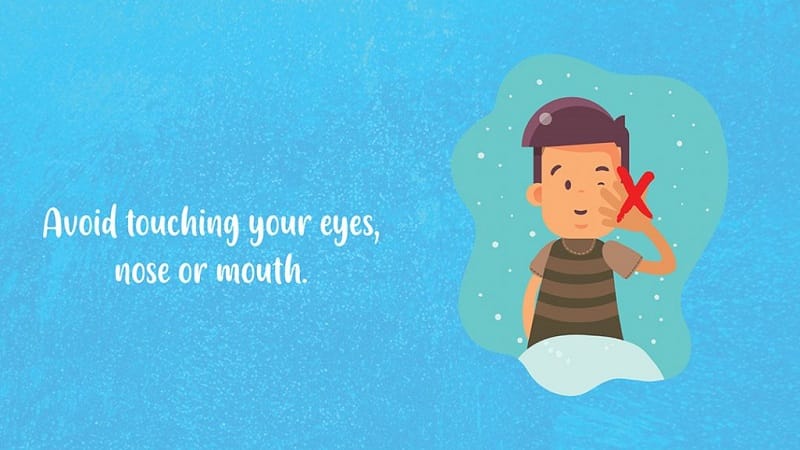
5. If you have fever, cough and difficulty breathing, seek medical care early. Follow the directions of your local health authority.
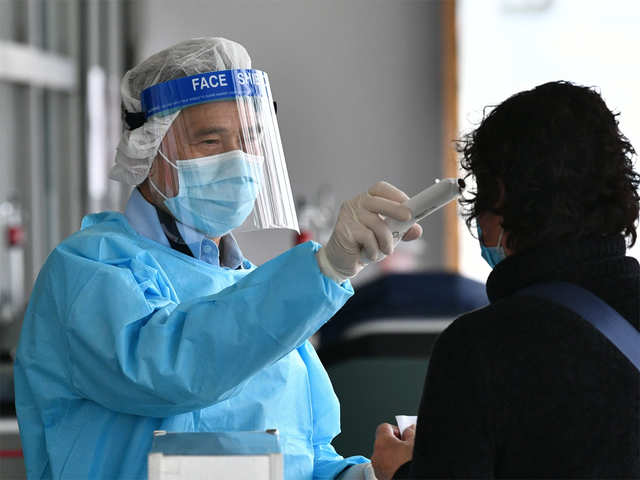
6. Stay informed and follow advice given by your healthcare provider. National and local authorities will have the most up to date information on whether COVID-19 is spreading in your area. They are best placed to advise on what people in your area should be doing to protect themselves.
ADVERTISEMENT
There is no need to panic. We need to work together, take small yet important measures to ensure self-protection. pic.twitter.com/sRRPQlMdtr
— Narendra Modi (@narendramodi) March 3, 2020
ADVERTISEMENT











